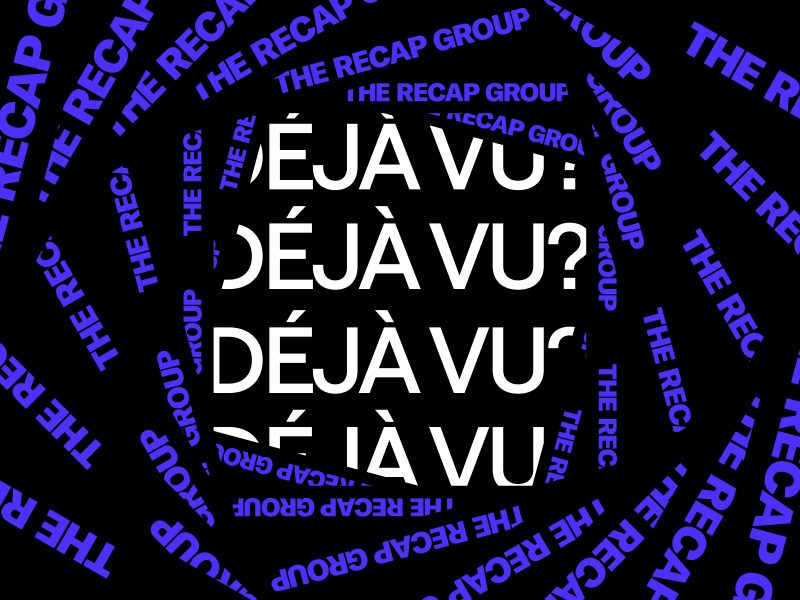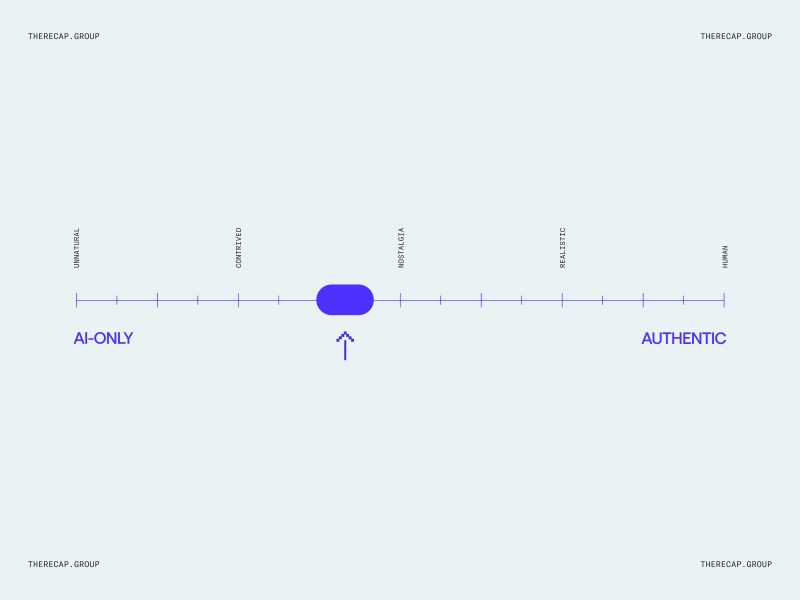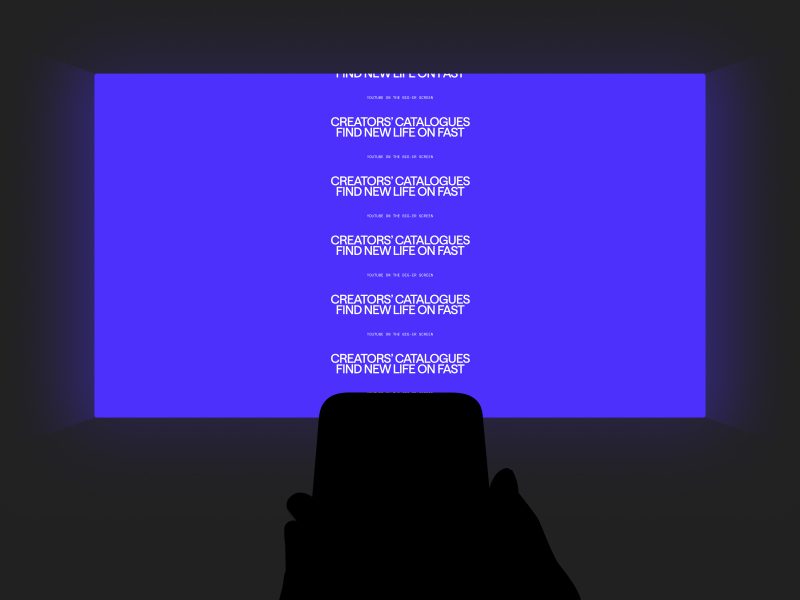Landscape and Outlook of Single-IP vs. Curated Channels on FAST – A strong case of Déjà Vu?

We have found ourselves in what may feel like the wild west when it comes to channel types and content curation on FAST services, but have we been here before?
08.28.2024
While Free Ad-Supported TV (FAST) services began surfacing about a decade ago, most of their user & channel count growth has come in the past 4 years. Since November 2020, the number of FAST channels has surged 214% (1) and Single-IP channels now make up approximately 30% of all FAST channels. Single-IP channels have acted as a windfall to the FAST industry and allowed them to scale quickly. This is in part due to their ease of set up and clear value proposition to the audience – the audience knows what they are going to get. However, there are some concerns about the longevity of Single-IP channels.
More content does not always mean more viewing
While there is no doubt that Single-IP channels will remain a pillar of FAST, we should prepare for a survival-of-the-fittest environment in the near future. In the average American’s mind, access to more content is always better, but unless each piece of content is known to the user, the majority gets lost in space where it provides no tangible benefit to the user.
There is a push among FAST platforms to put an emphasis on quality. While ‘quality’ is subjective, FASTs seem to be leaning toward Curated Channels in their pursuit of it, including the founder of Pluto TV, Tom Ryan, who recently said that he strongly believes that human curation is what set Pluto TV apart (2).
History doesn’t repeat itself, but it often rhymes
If we look back at when cable was king, the average American only watched about 17 channels per month (3). While the advancements in algorithms can help put relevant content in front of a specific user, the current channel discovery environment in FAST is not that much better than cable. It’s a stretch for FASTs to believe that putting thousands of channels in front of their users will drive a significant increase in viewing time. With this in mind, we can expect that sometime in the near future, if not already, FASTs will have a Déjà Vu moment and adopt a less-is-more mentality in channel selection.
Single-IP channels have been a pillar of FAST’s growth and for good reason. They don’t require the hours of research and curation necessary for a successful Curated Channel. Single-IP channels are easy for the audience to understand, and expectations are always met, but as FAST continues to grow and more dollars come in, we should anticipate a shift in focus toward Curated Channels.
SOURCES:



